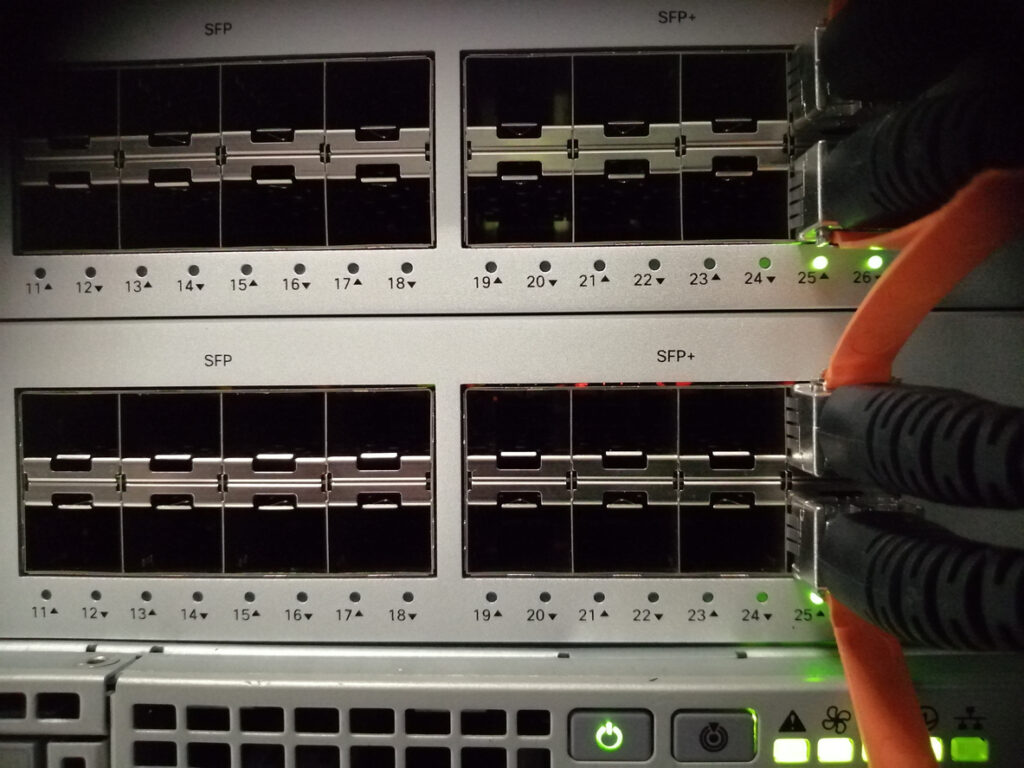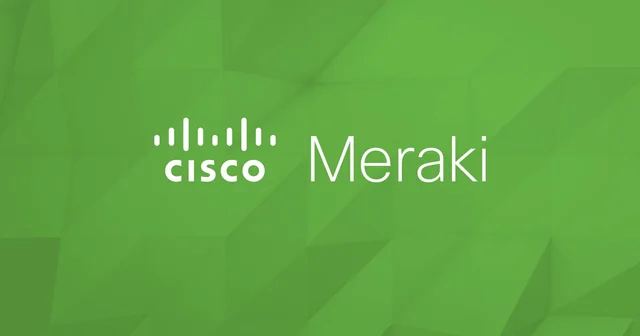Cisco Meraki firewalls are a cornerstone of modern network management, offering robust security and intuitive controls. One critical aspect of firewall management is opening specific ports to allow necessary traffic. Whether enabling VoIP systems, supporting gaming servers, or configuring business-critical applications, managing Meraki firewall ports is essential for ensuring smooth data flow and optimal network performance.
This article provides a comprehensive guide on opening ports on a Meraki firewall, emphasizing the importance of secure and precise port configurations. For personalized support with Cisco Meraki products, reach out to Stratus Informational Systems today.
Firewall ports act as virtual entry and exit points for network traffic. They determine how data flows between devices and the internet, ensuring communication remains secure and efficient. By controlling these ports, network administrators can regulate which applications or services are accessible.
The Meraki firewall’s architecture is designed for simplicity and scalability. Managed through a centralized cloud-based dashboard, it provides user-friendly tools to configure Meraki ports, monitor traffic, and enforce security policies. Its seamless integration with other Meraki devices ensures comprehensive network visibility.
Improper port configurations can lead to vulnerabilities or connectivity issues. Ensuring accurate setup of Meraki firewall ports minimizes risks, enhances performance, and maintains compliance with organizational policies.

Before making changes, back up your current Meraki configurations. This ensures you can restore settings if needed.
Leverage built-in tools in the Meraki Dashboard to monitor traffic flow through configured Meraki firewall ports. These insights can help pinpoint issues and validate changes.
For persistent issues, consult IT professionals or Meraki-certified experts for advanced troubleshooting.

Open only the ports necessary for your applications. Excessive open ports increase the risk of unauthorized access.
Restrict access to specific ports by allowing traffic only from trusted IP addresses or subnets. This minimizes exposure to potential threats.
Periodically review and update port configurations to remove unused or outdated rules.
Utilize Meraki’s advanced security options, such as threat protection and intrusion prevention, to bolster network defenses.
Meraki firewalls integrate effortlessly with other Meraki devices, creating a unified network management experience.
The cloud-based Meraki Dashboard simplifies complex tasks like managing Meraki ports, configuring firewalls, and monitoring traffic.
Businesses across industries benefit from streamlined port management, reduced downtime, and improved network performance with Meraki firewalls.
Meraki’s scalable architecture ensures networks remain adaptable to growing demands and evolving technologies.
For multi-site deployments, VLAN segmentation, or intricate firewall rules, expert guidance is invaluable.
Professional support ensures efficient configurations, preventing costly mistakes and downtime.
Managing Meraki firewall ports effectively is key to maintaining secure and functional networks. By following the steps outlined in this guide, you can open necessary ports while minimizing risks. For expert advice, contact Stratus Informational Systems. Our specialists are ready to help you optimize your Cisco Meraki firewall and ensure seamless network operations.

Continue Reading...